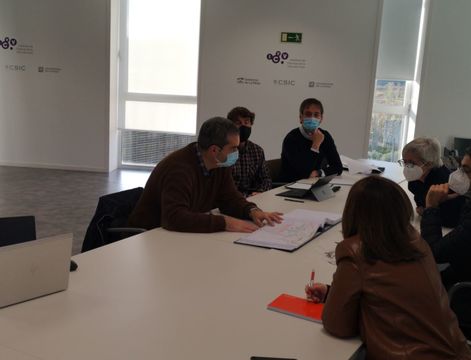
MEETING OF THE AGRI RENAISSANCE PROJECT ACTION PLAN
ON NOVEMBER 17, 2020, THE FIRST MEETING OF THE AGRI RENAISSANCE PROJECT ACTION PLAN WAS HELD. THE OBJECTIVE WAS TO STUDY THE DIFFERENT OPPORTUNITIES TO IMPROVE
The agri-food sector has great potential to contribute to regional economic growth and the industrial renaissance of the EU. However, its complexity, the limited innovation and the fragmentation of the R&I resources call for a tailored combination of policy and funding instruments. Interregional cooperation based on RIS3 can enable the creation of value chains throughout the EU as well as the generation of synergies in the regions so as to prevent duplication in investment.
The overall objective of AgriRenaissance is to improve regional development policies and programmes under the Investment for Growth and Jobs goal in order to increase R&I resources and capacities of the agri-food sector, stimulate collaboration and foster its hybridization.
The interregional learning process will take place around three thematic areas:
Existing methodologies for updating the RIS3 will also be mapped, as recommended by the Committee of the Regions.
The main outputs of the project will be: Method Guide, Diagnosis reports of the regional agri-food sectors, Good Practice Guide, Policy Road Map, Regional Policy Briefs and Regional Action Plans with recommendations for integration into RIS3.
Stakeholders benefiting from the project will be all actors in the agri-food sectors at the regional, national and EU level:
€983,448.00
Research and innovation
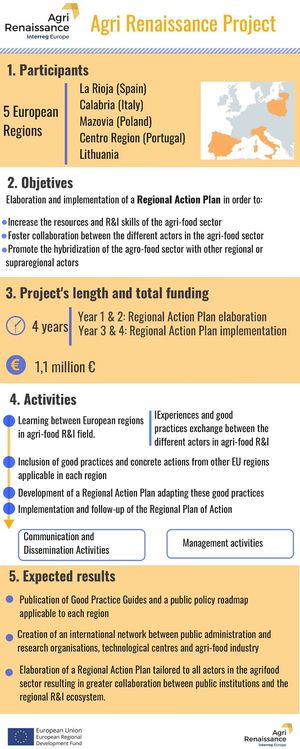
The main purpose of the La Rioja ERDF OP is to boost sustainable economic development in the region, especially in activities with high added value.
AgriRenassaince targets TO1 “Boost research, technological development and innovation”, IP 1a “Improvement of R&I infrastructures and capacities for fostering R&I excellence”. Investment and employment indicators in La Rioja are lower than the Spanish and EU average; therefore, the objective of this TO and the RIS3, is to foster R&D so as to place La Rioja among the 60 most innovative EU regions.
The ERDF OP identifies 3 key challenges to achieve this objective: increase R&I resources, foster the collaboration between companies and research and technology organisations (RTOs) and increase R&I capacities. The action lines included under this TO aim at the improvement of the R&I capacities of RTOs through the improvement of infrastructure and equipment in order for research staff to have the necessary resources for conducting excellent R&I. Actions shall also aim at increasing coordination and complementarity among RTOs and between them and companies. The ERDF OP establishes that these actions shall focus on the key sectors identified by RIS3, among them, the agri-food sector.
Through AgriRenaissance, programmes and measures included in the ERDF OP will be improved and tailored to the specific needs and features of companies and RTOs in this sector in order to increase the efficiency of the use of ERDF.
The goals of the OP include a more rapid smart growth, sustainable economic and resource-efficient development, providing a significantly better quality of life to all the population in the country. This means increased employment rates and growing income along with a more integrated society with a significantly reduced risk of poverty and social exclusion.
The OP responds to the key challenges for national development and relies on the concentration of investments on 11 TOs set forth in the EU Common Strategic Framework and on their specific investment priorities that are closely interrelated and complement one another. The Strategy focuses on three main areas:
Smart long-term economic growth, Resource-efficient growth, Growing social cohesion.
In accordance with the Investment Priority 1.1 “Enhancing R&I infrastructure and capacities to develop R&I excellence” and specific objective 1.1. “Promoting more active use of the existing and new R&D&I infrastructure” of the OP 2014-2020 for Lithuania, the agri-food sector is among the prioritised areas.
The agri-food sector features low economic competitiveness, lack of skills, insufficient cooperation and integration with R&I. These features are not currently well addressed in the ERDF OP. Implementation of this project will allow improving the measures in support of the agri-food sector and will ensure complementarity also to the Rural Development Programme under the European Agricultural Fund for Rural Development.
The ROP has two priorities aimed at research and innovation: 1. USE OF RESEARCH AND DEVELOPMENT ACTIVITY IN ECONOMY and 3. ENHANCING OF INNOVATIVE AND ENTREPRENEUERSHIP POTENTIAL
In case of agri-food production is important to improve innovation, use of ICT and new technologies in production process and strengthen the cooperation between the R&D and industry and use new business opportunities related to concept of circular economy.
Furthermore, two strategic goals defined in the Regional Innovation Strategy are related to agri-food production and innovative enterprise development: (1) Increased and strengthened cooperation in innovation and innovativeness development; (3) Increased efficiency of support and financial support to pro-innovative initiatives in the region.
Furthermore, one of the regional smart specialisation areas is Safe Food (covering the entire value chain of food production and consumption, including waste management), and the other Quality of life (related i.a. to biologics, advanced dietetics, health economics,) The areas of smart specializations of the Mazovian Region defined above do not operate as separate fields. All of them should support each other to create a synergy effect. They also apply to involvement within the framework of smart specialization of entities across the region, with particular emphasis on the creation of center – periphery relationships as regards utilization of the scientific potential & infrastructures of Warsaw.
AgriRenaissance targets TO1 of POR CALABRIA 2014-2020 “Strengthen research, technological development and innovation”, IP 1a “strengthen R&I infrastructure and capacity to develop excellence in R&I”.
Calabria has a very low level of R&I, a modest share of R&I spending on GDP (0.5%) and a limited use of researchers (1/100 inhabitants), but has a large presence of important research infrastructures and “Poli di Innovazione”, albeit with little capacity to transfer innovation to regional firms and join the national and EU circuits.
Through the POR, the Calabria region will exclusively focus on the S3 innovation areas for:
- strengthening the regional strategic infrastructures to be included in the National Infrastructure Research Plan;
- enhancing existing territorial infrastructures to ensure greater visibility and accessibility;
- identify new research infrastructures in the S3 domains of interest.
The POR of Calabria has already implemented a number of interventions to support R&I, such as: Public Notice for Horizon 2020, advertising notice for the purchase of services for technological and productive innovation, Public notice for R & D projects, etc. About 18% of the amount absorbed was requested by the agri-food sector. Considering that Calabrian agri-food production is fragmented and small, it is necessary to expand the participation of agro-food companies in R&I programs, increase awareness of SME innovation needs and strengthen business cooperation and innovation.
The first priority axes define by the Centro region is the “Research, Development and Innovation”, however we need to reinforce the investment in the agrifood sector. The Investment Priority Chosen is infrastructure Reinforcement in the Research and Innovation (R&I), in order to promote excellence, as well as, dissemination of competence information develops by the research centers, in particular those of European interest. Being a Moderate Region Innovator, according to the Regional Innovation Scoreboard, the approach to the region Innovation Follower lacks a capacity building installed based on R&I. So increasing the share of GDP allocated to R (1.32% in 2011), and the increase in the percentage of investments in R&I in Portugal in the Central Region (16%), while at the same time enabling the regional agents to get involved in international projects, will reinforce companies in R&I activities, which is still particularly fragile (only 49% of the investment R&I in the Region has been by the private sector). Finally, the realization of the RIS3 objectives and goals defined for the Centro Region must be supported by the implementations of R&I projects directly related to the Smart Specialization Strategy, generating knowledge and innovation through the different domains.

ON NOVEMBER 17, 2020, THE FIRST MEETING OF THE AGRI RENAISSANCE PROJECT ACTION PLAN WAS HELD. THE OBJECTIVE WAS TO STUDY THE DIFFERENT OPPORTUNITIES TO IMPROVE
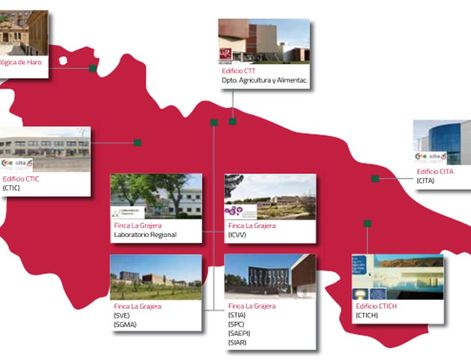
The government of La Rioja held two videoconferences with its stakeholders during April and June to finalize the action plan.
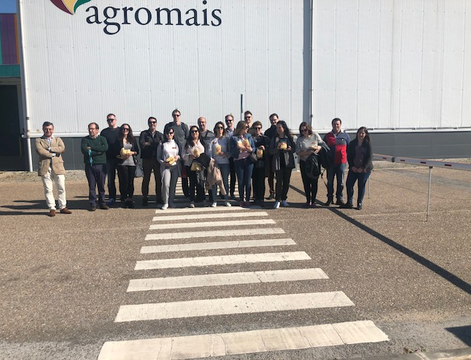
The 5th study visit took place in Torres Novas, Portugal on 10-12 March 2020. The visit was organized by the Agroindustrial Cluster - Agrocluster.On the first d...
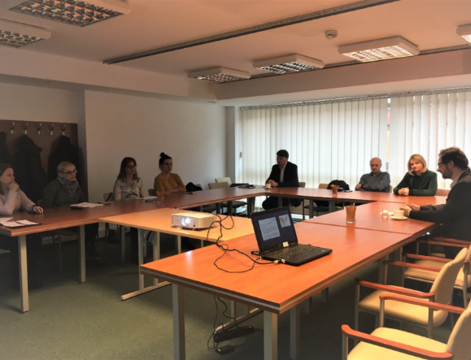
The meeting with stakeholders took place in the Marshal's Office of the Mazowieckie Voivodeship in Warsaw on 25 November 2019. During the meeting, two act...
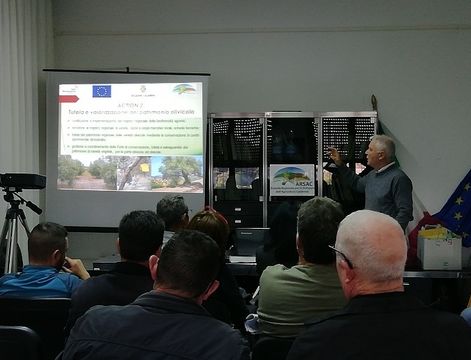
On 20 November and 29 November 2019, the Calabria Region organized two meetings with stakeholders. It has been presented the action plan of Agrirenaissance proj...
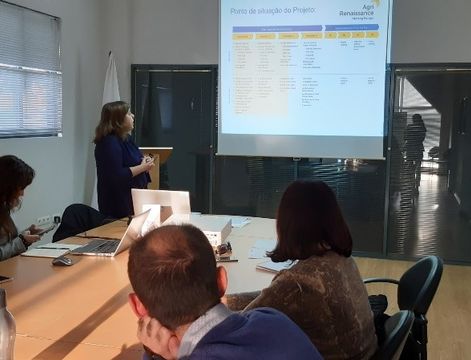
Agrocluster, as part of the Agrirenaissance project, had its 3rd stakeholder meeting on 18 November, 2019. The following documents were presented: presentation ...
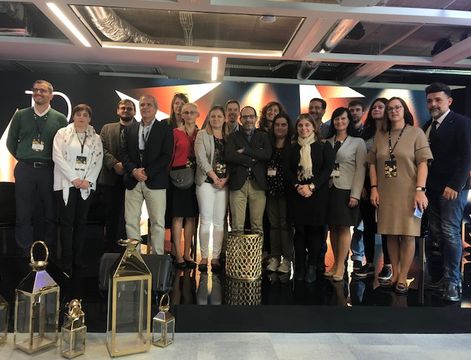
The next study visit took place in Mazovia on 16-18 September 2019. The visit was hosted by the Marshal's Office of the Mazowieckie Voivodeship and Mazovia Deve...
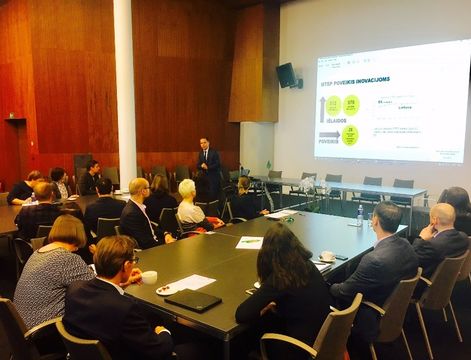
Stakeholder meeting took place in the headquarters of the NMA in Vilnius on 3 July 2019. Discussions among the groups formed of representatives of public and pr...
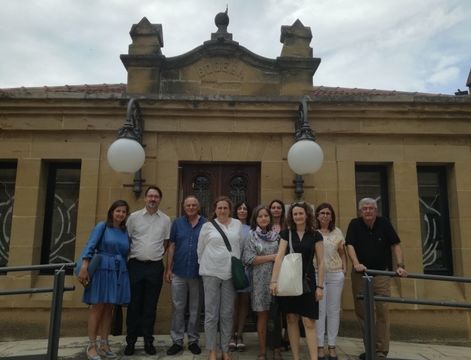
In the third semester, from June to November 2019, three meetings with stakeholders were organized in the La Rioja Region: a bilateral meeting with stakeholders...
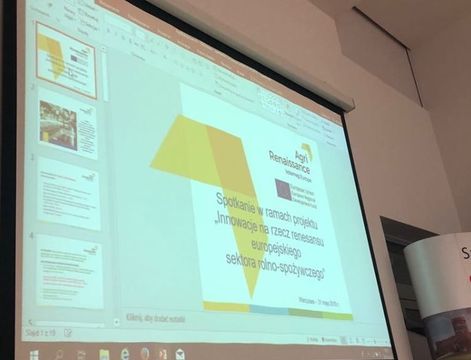
The meeting with stakeholders took place on May 31, 2019 at the Marshal's Office of the Mazowieckie Voivodeship. Stakeholders were invited to the meeting, inclu...